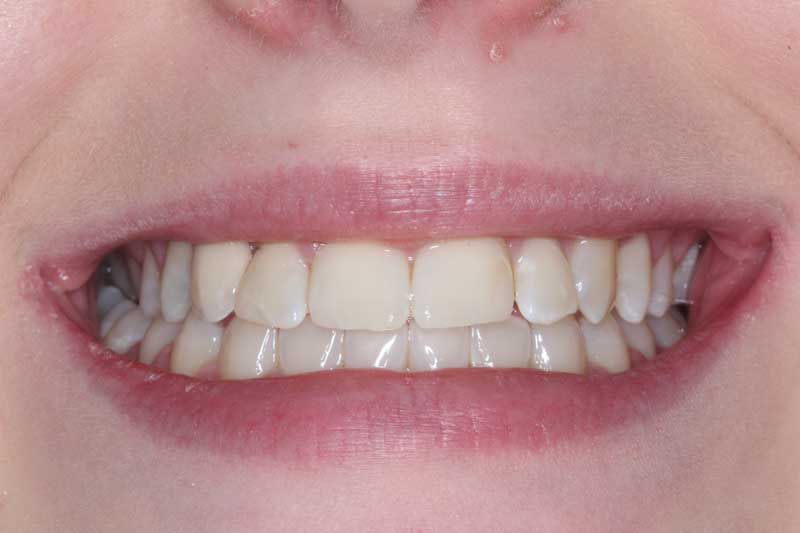Dental Bridges
Dental bridges use the teeth either side of the space to restore the gap. This may be using one or several teeth to support the bridge. There are generally speaking two types of bridge:
- Conventional bridges: this involves crowning teeth at the side of the gap. This can be very useful for restoring gaps when the teeth either side have large fillings in already
- Resin bonded bridges (Also known as ‘sticky’ or ‘adhesive’ bridges): this involves minimal preparation of the teeth at the side of the gap. This can be very useful for restoring gaps when the teeth either side of the gaps are healthy, have small fillings or have no fillings at all (virgin teeth)
How to help prevent losing teeth?
- Brush twice a day using a fluoride (1450ppmf) containing toothpaste
- Spit out toothpaste but do not rinse after brushing
- Clean in between teeth using floss or tepe brushes
- Visit our dentists regularly for examinations
- Visit our hygienist regularly for hygiene services
- Maintain a healthy diet, low in sugars and acids which can be damaging to teeth
- Avoid hard/sticky foods e.g. toffees
- If you play a contact sport, ask your dentist about mouthguards
- Have cavities fixed early so that infection cannot reach the nerve of the tooth

Advantages:
- Fixed option for replacing missing teeth (do not take out)
- Natural and aesthetic appearance
- Improves function
- Improve quality of life
Considerations:
- Less support and stability than implants
- Bone and gum deterioration may occur under the gap
- Neighbouring teeth may need to be drilled



Becoming a Patient
At Honley Dental we are keen to see our patient’s regularly to encourage prevention and to detect any problems early. Regular dental examinations are essential for ensuring dental and oral health.
For this reason we are delighted to offer the Honley Dental Care Plans, our own membership scheme. This plan enables us to provide you with the treatment and support necessary to prevent and manage disease, keeping your mouth healthy and keeping you smiling.

